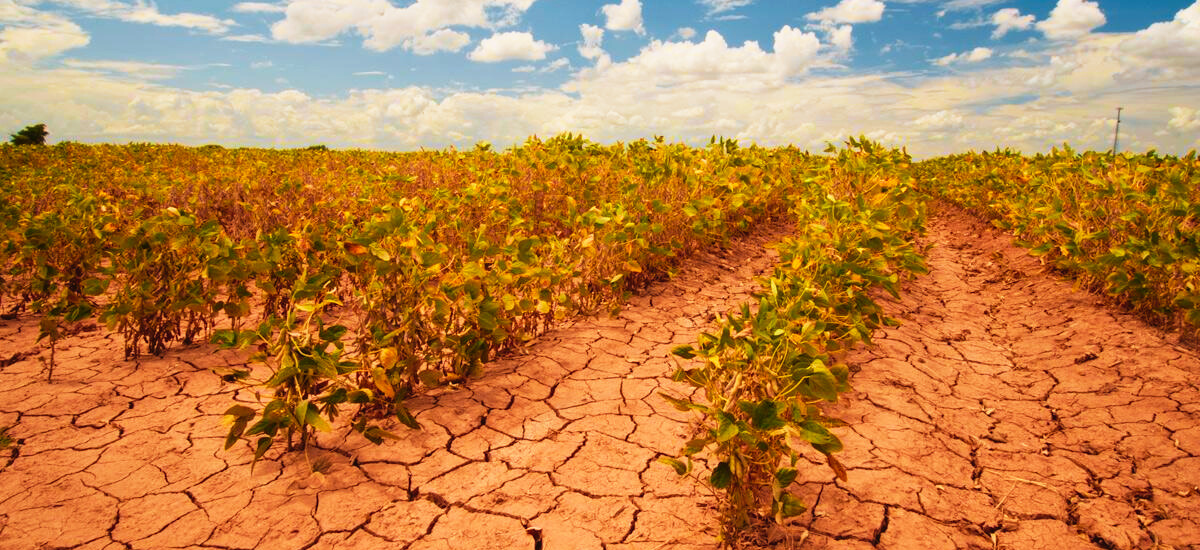Drought stands as a significant contributor to desertification. The absence of a universally accepted, precise, and objective definition for drought has posed a substantial challenge in studying this phenomenon. It’s crucial to recognize that differing definitions can yield distinct conclusions concerning drought. For instance, if the definition relies on rainfall levels, it’s conceivable that when summarizing rainfall statistics over a calendar year, no drought may be apparent, even though moisture supply during the growing season may indicate otherwise. In the context of food security, drought can be defined as a naturally occurring phenomenon, often exacerbated by human activities, which persists over a specific period in a particular region, leading to a substantial drop in precipitation levels, resulting in land degradation and significantly reduced agricultural yields. However, it’s important to emphasize that due to drought’s multifaceted impact on various societal sectors, the need for multiple definitions exists.[11] Factors such as the specific problem being investigated, data availability, and climatic and regional characteristics play a role in determining the appropriate definition for an event.
Research characterized drought as a situation marked by insufficient water availability.[12] Many researchers offer context-specific definitions of drought. Another author described drought as prolonged deficiencies in both surface and sub-surface water, which disrupt the normal functioning of natural ecosystems.[13] Notably, these definitions did not emphasize the shortage of precipitation, moisture content, or water demand; instead, they focused on deficits in surface water (such as streamflow) and groundwater. It is this sustained insufficiency of water that leads to drought. The primary factor responsible for drought is inadequate precipitation, with the severity influenced by factors like timing, distribution, and the intensity of rainfall.[13]
In recent years, droughts have resulted in a greater number of environmental refugees than any other period in human history and have caused more deaths than any other natural disaster in the latter half of the 20th century.[14]
Socio-economic activities and environmental degradation can occur concurrently. For instance, over-exploitation of natural resources may be a coping strategy in response to extreme climate events.[15] Drought has profoundly impacted the social lives of farmers in semi-arid Bangladesh, where farmers perceive an increase in drought frequency due to climate change.[16] However, the perception of climate change among rural farmers is influenced by factors such as their level of education, means of livelihood, and geographic location.[17]


